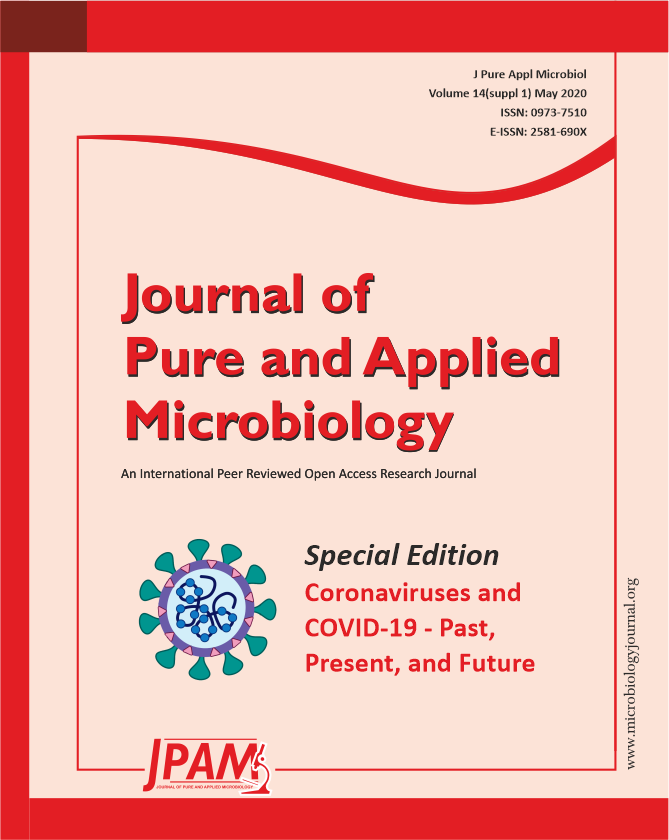In modern drug discovery, molecular docking analysis is routinely used to understand and predict the interaction between a drug molecule and a target protein from a microbe. Drugs identified in this way may inhibit the entry and replication of pathogens in host cells. The SARS-CoV-2 associated coronavirus disease, COVID-19, has become the most contagious and deadly pandemic disease in the world today. In abeyance of any specific vaccine or therapeutic against SARS-CoV-2, the burgeoning situation urges a need for effective drugs to treat the virus-infected patients. Herbal medicines have been used as natural remedies for treating various infectious diseases since ancient times. The spike (S) protein of SARS-CoV-2 is important for the attachment and pathogenesis of the virus. Therefore, this study focused on the search of useful ligands for S protein among active constituents present in common herbs that could serve as efficient remedies for COVID-19. We analysed the binding efficiency of twelve compounds present in common herbs with the S protein of SARS-CoV-2 through molecular docking analysis and also results are validated with two different docking tools. The binding efficiency of ligands was scored based on their predicted pharmacological interactions coupled with binding energy estimates. In docking analysis, compound “I” (Epigallocatechin gallate (EGCG)) was found to have the highest binding affinity with the viral S protein, followed by compounds, “F” (Curcumin),“D” (Apigenin) and “E” (Chrysophanol). The present study corroborates that compound “I” (EGCG) mostly present in the integrants of green tea, shows the highest potentiality for acting as an inhibitor of SARS-CoV-2. Further, characterization of the amino acid residues comprising the viral binding site and the nature of the hydrogen bonding involved in the ligand-receptor interaction revealed significant findings with herbal compound “I” (EGCG) binding to the S protein at eight amino acid residues. The binding sites are situated near to the amino acids which are required for virus pathogenicity. The findings of the present study need in vivo experiments to prove the utility of “I”, “F”,“D” and “E” compounds and their further use in making herb-based anti-SARS-CoV-2 product in near future. This analysis may help to create a new ethno-drug formulation for preventing or curing the COVID-19.
SARS-CoV-2, COVID-19, spike protein, molecular docking, in-silico, ligands, herbal medicine
© The Author(s) 2020. Open Access. This article is distributed under the terms of the Creative Commons Attribution 4.0 International License which permits unrestricted use, sharing, distribution, and reproduction in any medium, provided you give appropriate credit to the original author(s) and the source, provide a link to the Creative Commons license, and indicate if changes were made.


